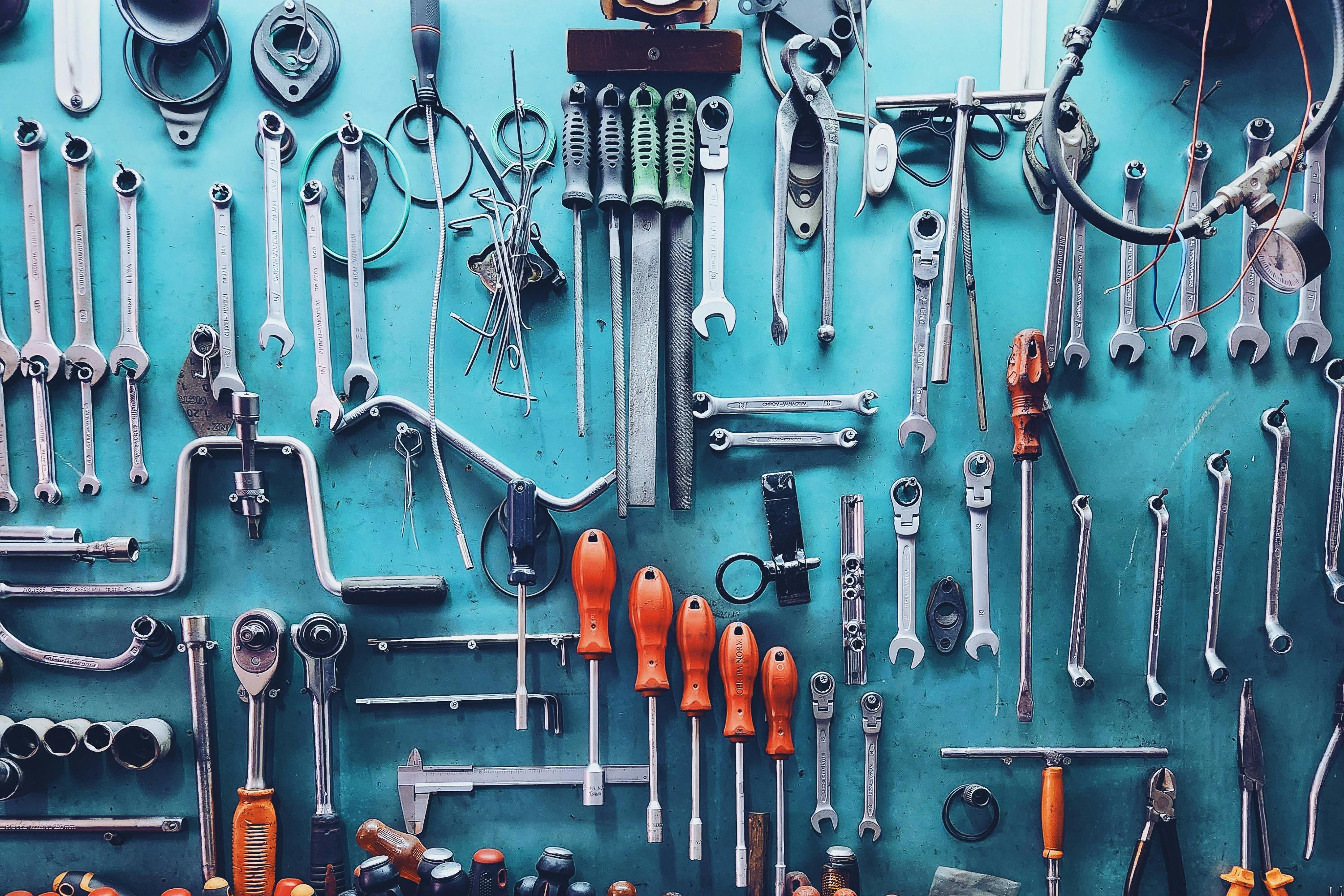Basic Characteristics about Ceramic Magnets
Ceramic magnets are susceptible to demagnetization when exposed to temperature extremes. Their thermal stability is the poorest of all the magnetic families, but they may be utilized in environments up to 300°C (570°F). There are grades which have better resistance to high and low temperatures, but several factors will dictate the performance of the Neodymium magnet. Magnetic geometries utilizing backing plates, yokes, or return path structures will respond better to temperature changes. As with most ceramic, the ferrite magnets should not be exposed to heating or cooling rates greater than 200°F per hour. Ceramic magnets are very resistant to corrosion. Coatings can be applied for cosmetic reasons or to reduce the fine, ferrite powder which is associated with ceramic (ferrite) magnets. Ceramic magnet material is very hard and brittle. On average the material’s hardness is 7 on the Moh scale and conventional machine tools and cutters are not appropriate. Diamond tooling and some abrasives are the conventional means of fabrication for this magnet alloy. Most magnet materials are machined in the un-magnetized state. Once the fabrication and cleaning operation is complete the magnet is then magnetized to saturation. Ceramic magnets are fairly easy to magnetize and only require a reasonable magnetizing field. They are usually used in conjunction with a mild steel element such as a motor housing or backing plate. Normally it is desirable to magnetize the Ceramic magnet installed on/in this element. Ceramic magnets are inherently brittle. Ceramic magnets are particularly prone to cracking when the application involves impacts or flexing. Like all magnetic materials, ceramic should not be used as a structural element in a design.














